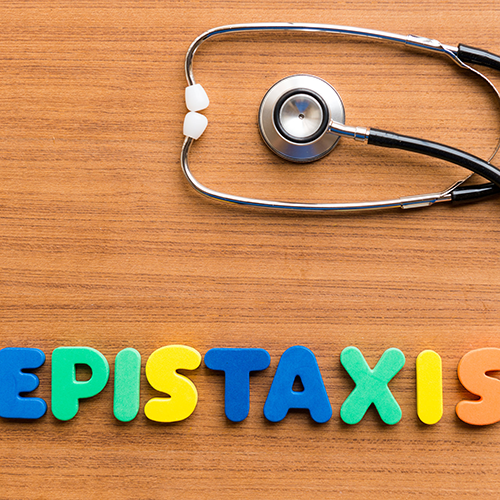
Eu já tive férias e já fiz a minha primeira viagem a um congresso internacional pós-pandemia. Que saudades de estar cara-a-cara com os colegas, nacionais e estrangeiros. Há muita ciência formal e informal que acontece nos corredores dos congressos e nos almoços e jantares não oficiais. Foi tão bom retomar este convívio.
1. Fezes
Na lista de recomendações, começo por esta carta ao editor da Acta Médica Portuguesa por uns colegas da hepatologia pediátrica, onde sugerem a adição de uma carta de cores das fezes do lactente ao Boletim de Saúde Infantil: The Stool Color Card as a Screening Tool for Biliary Atresia in the Digital Version of the Portuguese Child and Youth Health Booklet. Biliary atresia (BA) is a rare entity (incidence in Europe of 1/18 000 live births) leading to great morbidity and mortality and represents the first indication for pediatric liver transplantation.The long-term prognosis depends on the timing of bile flow restoration (Kasai portoenterostomy). One of the major determining factors of prognosis and survival of the native liver is surgical intervention before 45 days of life.
2. Epistáxis
Mais uma vez, o Pediatric Emergency Care traz um artigo simples mas útil como revisão dum tema muito comum na prática clínica: Etiology, Management, and Outcome of Pediatric Epistaxis. Epistaxis in children is one of the most common causes for seeking professional medical help. Patients may be treated by several disciplines with various approaches to pediatric epistaxis. We reviewed cases of pediatric epistaxis from an otorhinolaryngologist’s point of view. (…) Conclusions: Epistaxis in children is seldom serious. However, hemorrhagic diathesis needs to be kept in mind as a potential cause of epistaxis. In most cases, careful instruction of the patients and their relatives concerning nasal mucosal care is sufficient. If cauterization is necessary, silver nitrate coagulation should be preferred over electrocoagulation.
3. Gadgets
Na Acta Paediatrica apareceu um gadget interessante: An openly available wearable, a diaper cover, monitors infant’s respiration and position during rest and sleep. We recorded 24 infants aged 1– 9 months using our newly developed infant wearable that is a diaper cover with an integrated programmable electronics with accelerometer and gyroscope sensors. The sensor collects child’s respiration rate (RR), activity and body posture in 30- s epochs, to be downloaded afterwards into a mobile phone application. An automated RR quality measure was also implemented using autocorrelation function, and the accuracy of RR estimate was compared with a reference obtained from the simultaneously recorded capnography signal that was part of polysomnography recordings.
4. Congresso Europeu
Termino com o livro de resumos do dito congresso, que a European Society of Paediatric Endoscopic Surgeons disponibiliza gratuitamente no seu website. Entre muitos outras novidades da cirurgia pediátrica, nele poderão encontrar o resumo do estudo que fui apresentar: Patient-Reported Outcomes Measurements in Pediatric Endoscopic Pilonidal Sinus Treatment. Os resultados desta técnica são surpreendentes, mas ouvir da boca dos doentes é outra coisa 🙂
Abraço,
João
Por João Moreira Pinto, MD PhD, Cirurgião Pediátrico
Linked in | Facebook | e-Mail: moreirapinto@gmail.com
Cirurgia Pediátrica, Centro Hospitalar Universitário do Porto | Hospital da Luz Arrábida/Guimarães | Hospital-Escola Fernando Pessoa
